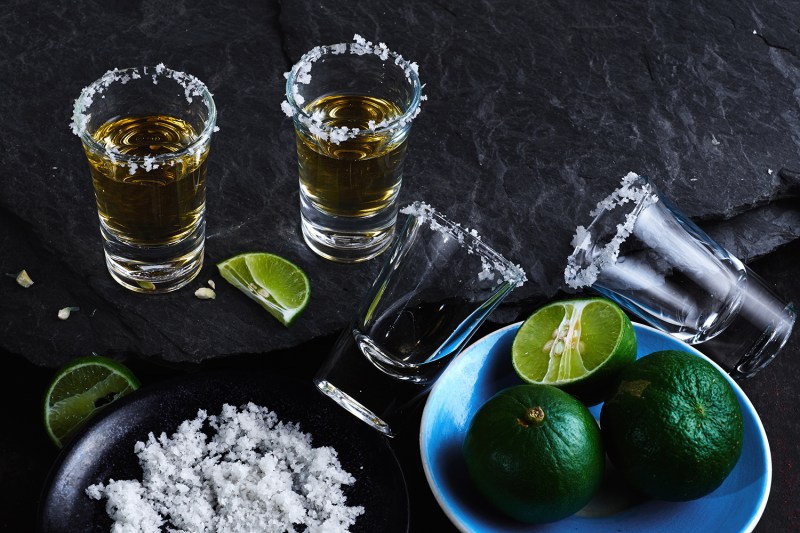The drinks industry changes on a dime, with new sub-categories branching out from longstanding categories. That’s certainly the case for tequila, which is currently making room for a new style type in its ranks. It’s called joven tequila and it resides somewhere between a blanco and a reposado.
Lately, we’ve seen a rise in everything from wine-influenced tequila to fellow agave spirits, like mezcal. With joven, which is just emerging, we’re seeing a different spin on some of the lighter, or younger, tequilas. It’s a blended product that’s beginning to turn heads both as a sipper on its own and as an able mixer.

Diego Osorio is the founder of Lobos 1707 Tequila. “Joven translates to young, so a good way to think about it is a grown-up blanco tequila,” he said. “Joven tequila is an extremely interesting category because of its complexity in a very un-aged expression of the category.”
The addition of an older tequila style, even if only a percentage, can change the entire nature of the end result. Winemakers have long known as much, adding relative drops here and there of certain varietals to complete the perfect blend. The joven tequila is assembled in much the same way, with the maker looking to maintain the youthful vigor of blanco while imparting a bit of sophistication by way of some of its aged brethren.
Osorio says his version is crafted by introducing a blanco tequila to a touch of reposado tequila. With the blanco serving as the base, he adds that it’s vital to start out with a sturdy one. “With the older added tequila, it’s a very small amount so while it’s still important, in my opinion, the blanco is the star and what a blender is really seeking out,” he said.
It’s no surprise that a new category is coming to life as tequila is enjoying some notable popularity right now. It’s only natural — people want to experience its various forms. Because joven is a fairly new category, the labeling around the stuff can be a little confusing (although that’s likely to change as it becomes more popular).
“Joven usually falls into the mixto category,” Osorio continued. “Meaning it is made with at least 51% blue agave juices while the rest can be produced with other types of agave. At Lobos 1707, all our tequilas are made with 100% blue weber agave so our joven is all from the same source.”
With several different agave types out there, that means all kinds of permutations for the rising joven style. Look out for producers mixing different varieties, or mixing their blanco bases with different ages of older tequila in a quest to find the perfect sweet spot.
How does Osorio like his joven? He says on the rocks or in a cocktail as you would enjoy a blanco (as in a Margarita or Paloma). “I love the cocktails in pitchers so I can share them with my friends,” he said. Some darker, older tequilas can overwhelm a cocktail but that’s rarely the case with joven.
Tequila can be a frightening proposition to some, especially the blanco versions, as they can be strong and rather pungent. However, the joven is a smart creation in that it’s a bit rounder on the palate and therefore more approachable. For those thinking they don’t like young tequila, this version might change their minds. And for those who love the stuff, it’s a different take on the spirit, giving it some excitement cache.


